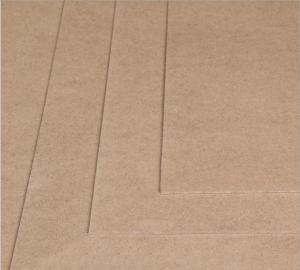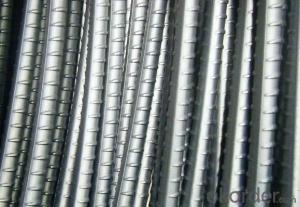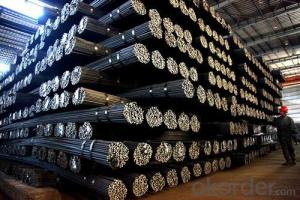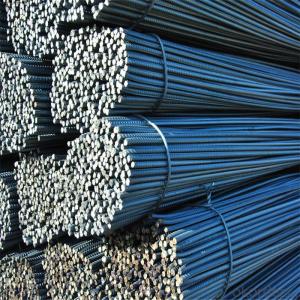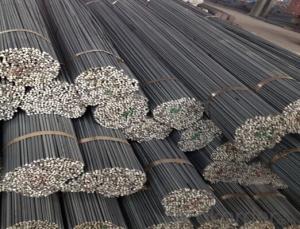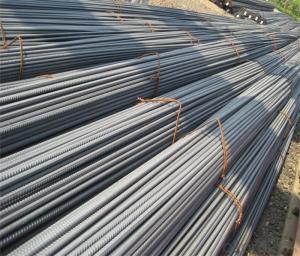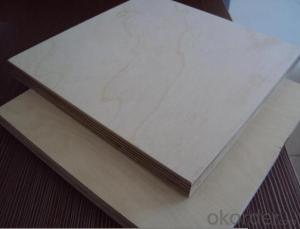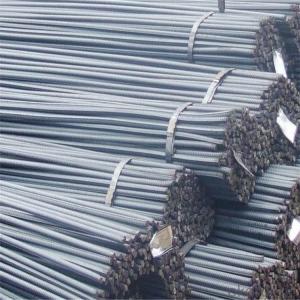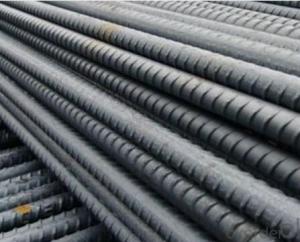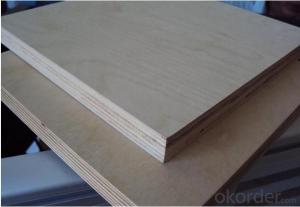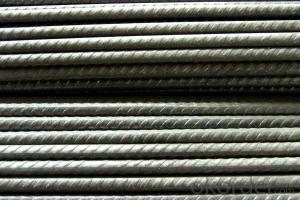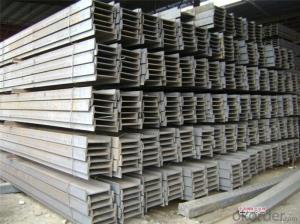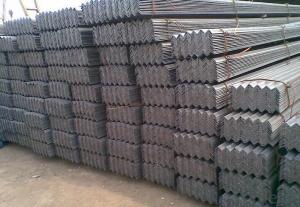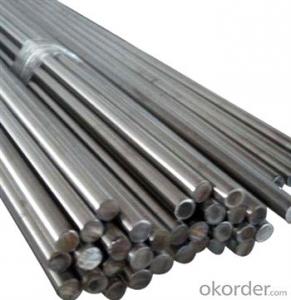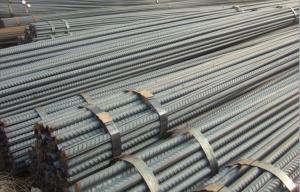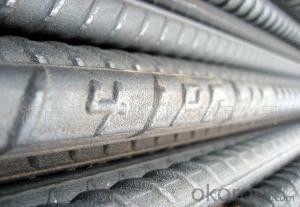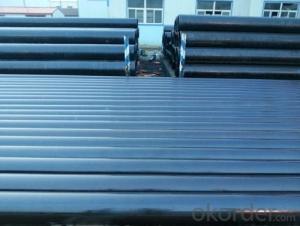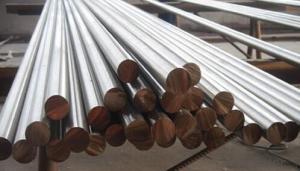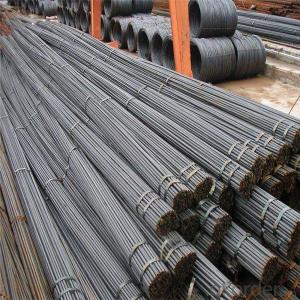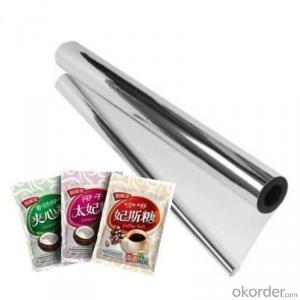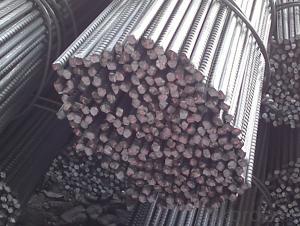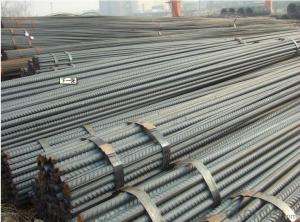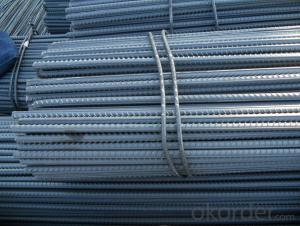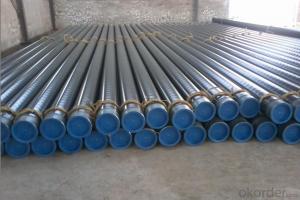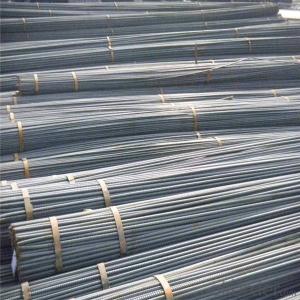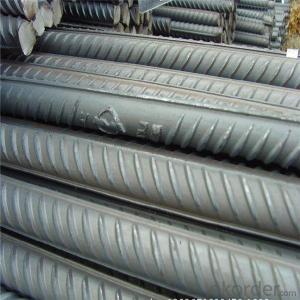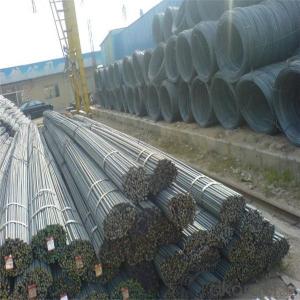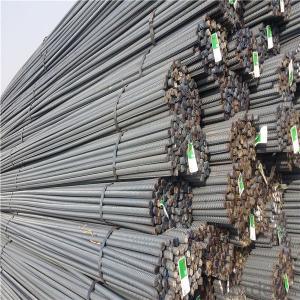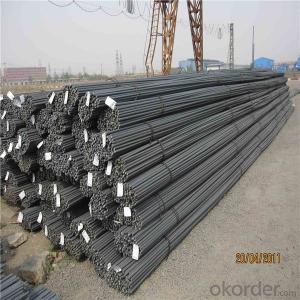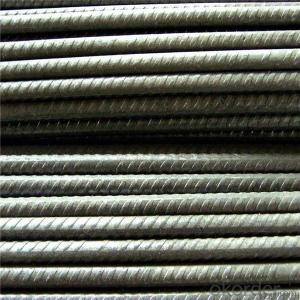Astm A615 Grade 60 Rebar
Astm A615 Grade 60 Rebar Related Searches
Astm A615 Grade 60 RebarHot Searches
Used Foam Board Insulation For Sale Magnesium Oxide Board For Sale Hdf Board For Sale sintra board for sale High Mast Light Price List Solar High Mast Light Specification Gypsum Board Price Per Sheet In India High Mast Light Specification High Density Mdf Board Suppliers 5 8 Type X Gypsum Board Price Stage Light Price Solar Inverter Fault Light Polyurethane Insulation Board Price Mdf Price Per Sheet Pre Laminated Board Price List 4Mm Mdf Sheet 1220X2440Mm Price Led Light Manufacturers Solar Inverter Pcb Board 6Mm Mdf Board Price 18Mm Ply Board PriceAstm A615 Grade 60 Rebar Supplier & Manufacturer from China
Okorder.com is a professional Astm A615 Grade 60 Rebar supplier & manufacturer, offers integrated one-stop services including real-time quoting and online cargo tracking. We are funded by CNBM Group, a Fortune 500 enterprise and the largest Astm A615 Grade 60 Rebar firm in China.Hot Products
FAQ
- Yes, there are specific guidelines for handling and placing steel rebars in concrete. These guidelines include ensuring proper cleaning, cutting, and bending of rebars, maintaining proper spacing and alignment, securely fastening rebars, and providing adequate concrete cover to prevent corrosion. Additionally, guidelines may vary depending on the project specifications, structural requirements, and local building codes.
- Yes, steel rebars can be used in tunnels or underground mines. Steel rebars are commonly used in construction projects to reinforce concrete structures, and tunnels and underground mines are no exception. Reinforcing steel bars provide additional strength and stability to the concrete used in tunnel linings or mine shafts. They help resist the forces exerted by the surrounding soil or rock, prevent cracking or collapse, and increase the overall durability and longevity of the structure. Steel rebars are selected based on their specific characteristics, such as diameter, grade, and corrosion resistance, to ensure they meet the design requirements and are suitable for the specific underground conditions.
- Steel rebars contribute to the load-bearing capacity of structures in several ways. Firstly, they enhance the tensile strength of the concrete. While concrete is strong in compression, it is relatively weak in tension. By adding steel rebars to the concrete, the tensile strength of the structure is significantly increased. This is crucial as structures are subjected to various loads, including dead loads (e.g. the weight of the structure itself), live loads (e.g. occupants, furniture), and environmental loads (e.g. wind, earthquakes). Secondly, steel rebars help to prevent cracking and improve the overall durability of the structure. Concrete has a tendency to shrink and crack due to temperature changes, moisture, and other factors. By placing steel rebars within the concrete, they act as reinforcement and help to distribute the load more uniformly, reducing the likelihood of cracking. This improves the structural integrity and longevity of the building. Furthermore, steel rebars also provide stability and support to the structure. They help to resist the lateral forces that can occur during high winds or seismic events. By anchoring the rebars into the foundation or other structural elements, they create a strong connection that can withstand these lateral loads and prevent the structure from collapsing or being damaged. In summary, steel rebars play a crucial role in enhancing the load-bearing capacity of structures by improving the tensile strength of the concrete, preventing cracking, and providing stability and support. Their integration into the structural design ensures the safety, durability, and long-term functionality of buildings and other infrastructure.
- Yes, steel rebars do increase the overall weight of a structure. Rebars are typically added to reinforce concrete structures, providing tensile strength to counteract the concrete's weakness in handling tension forces. Steel rebars are made of steel, which is a dense and heavy material. When incorporated into a structure, the weight of the rebars adds to the total weight of the construction. However, the additional weight is usually negligible compared to the overall weight of the structure, especially in large-scale projects. The benefits of using steel rebars in terms of structural integrity and durability far outweigh the minimal increase in weight they contribute.
- Yes, steel rebars are suitable for use in earthquake-resistant structures. Steel rebars are strong, durable, and have excellent tensile strength, making them an ideal material for reinforcing concrete in earthquake-prone areas. They help to enhance the structural integrity of buildings and provide resistance against seismic forces, reducing the risk of collapse during an earthquake.
- The guidelines for proper storage and transportation of steel rebars include keeping them off the ground to avoid moisture and corrosion, storing them in a well-ventilated area, organizing them in a neat and stable manner to prevent falling or shifting, protecting them from direct exposure to weather conditions, and securing them properly during transportation to avoid damage or accidents.
- Indeed, steel rebars are a suitable option for hospital construction. Referred to as reinforcing bars, steel rebars are commonly utilized in construction projects to impart strength and stability to concrete structures. In the context of hospital construction, where safety and durability are of utmost importance, steel rebars offer numerous benefits. First and foremost, steel rebars possess remarkable tensile strength, enabling them to endure heavy loads and resist deformation. This attribute is critical in hospital construction, where the edifice must support the weight of medical equipment, patients, and other infrastructure. Furthermore, steel rebars bolster the overall structural integrity of the hospital, guaranteeing long-term stability and safety. Moreover, steel rebars exhibit excellent fire resistance properties. Hospitals are classified as high-risk establishments, as they house potentially flammable materials and electrical equipment. Steel rebars can endure high temperatures without compromising their strength, thus enhancing the structure's fire protection. Additionally, steel rebars are resistant to corrosion, shielding the concrete from damage caused by moisture and chemicals. Hospitals often experience elevated humidity levels and exposure to various chemicals employed in medical procedures. Through the utilization of steel rebars, the risk of corrosion and subsequent structural deterioration is minimized, ensuring a prolonged lifespan for the hospital building. Lastly, steel rebars are easily obtainable and cost-effective. Hospital construction projects frequently adhere to strict timelines, and the use of steel rebars enables efficient construction and swift installation. Furthermore, the market's abundance of steel rebars ensures competitive pricing, rendering them a cost-effective choice for hospital construction. In conclusion, steel rebars are unquestionably suitable for employment in hospital construction. Their high tensile strength, fire resistance, corrosion resistance, and cost-effectiveness render them an ideal selection for guaranteeing the safety, durability, and long-term stability of hospital structures.
- The guidelines for inspecting steel rebars on a construction site typically include checking for proper placement, alignment, and spacing of the rebars according to the project specifications and design drawings. Inspectors also need to ensure that the rebars are free from any damages, rust, or contamination that could affect their structural integrity. Additionally, inspectors should verify the rebars' dimensions, lengths, and grades, as well as their proper anchorage and connection to adjacent elements. Regular inspections throughout the construction process are crucial to maintain quality and compliance with safety standards.
